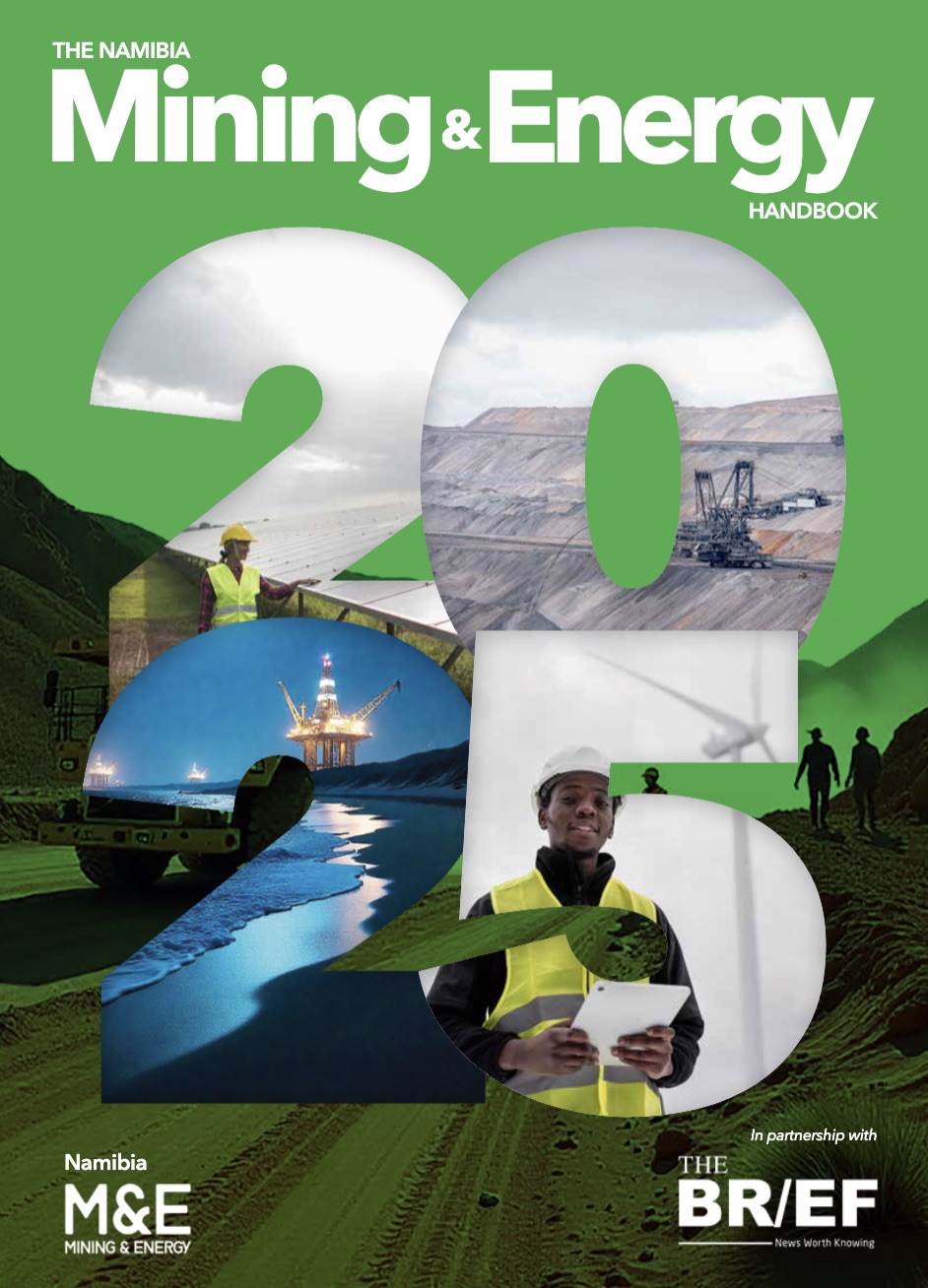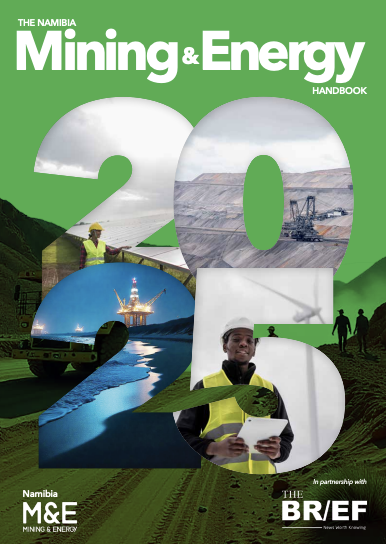
By Tio Nakasole
I had the honour and privilege to attend one of the major conferences, the Oil and Gas Masterclass Conference, which took place from 12 to 15 August 2025, at the Mercure Hotel Windhoek, Namibia.
It was a great encounter to have witnessed different speakers from all walks of life, under one roof, sharing their experiences and also creating a tempo about the time of investment they want and how Namibia can learn from some of those experiences.
However, I might be so minimalistic if I were to condense all the discussion on a single piece, but the main setting of this piece is to stage Namibia’s investment landscape and how to secure a long-term investment agreement that can fulfil the aspiration of the type of investment we want.
One of the other major discussions, the Namibian indicated, is the local content policy, where a person must be a Namibian and a company must have at least 51% Namibian employees.
Another was equity participation in oil and gas, as well as mining, which specified 15% local ownership for all licensing applications to ensure national participation.
Investment incentives were also interrogated to ensure that for these industries to take off, tax breaks, tax exemptions, infrastructure support and other incentives could make Namibia a favourable place for investment.
The misunderstood art of investment
Choosing the international partnerships carefully will always be part of the challenges.
Because one can be offered to provide, for instance, infrastructure but would want in return land, oil concessions and more. So, deal reciprocity sometimes becomes part of the process, especially when there is not enough funding for the project to take off.
Otherwise, you will need, for instance, to have a responsible fiscal regime that is going to ensure that a portion of the wealth stays in the country and then gets pushed back into the economy and has the multiplier effect and supports local economies.
The risk on the fiscal regime is always that you price yourself uncompetitively out of the global market if you set the bar too high.
Otherwise, the investors will seek a better option, such as in Saudi Arabia, where tax is favourable, and that is not a safe bet, especially when you have pressing issues of high unemployment and inequality.
Hence, irrespective of the type of investors we want, the Namibian government has to be just, try and benchmark regionally and globally all the fiscal regimes and tax the industry at an appropriate level that will unlock the industry and not hold it back in the long run.
I think the most important thing that Namibians need to understand is that we are never geographically as well as demographically exactly the same as the other countries, and therefore our investment steps ought to be informed domestically first about what we want to achieve as a country and the challenges that we would like to fix.
The lessons are everywhere: strengthen independent institutions and oversight, publish all taxes and royalties from oil, do not rush into prestige projects and extravagant consumption, and also do not neglect creating meaningful employment.
An empirical study conducted by Alexeev and Conrad found that oil overabundance may result in a resource curse in some African states.
Meaning a country can have a high Gross Domestic Product (GDP) growth and a high level of wealth, but there are high disparities in the standard of living and inequalities, which are prevalent in economies such as Angola and Nigeria.
In addition, such an increase of natural resources to total exports distorted the institutional quality and led to a subsequent decline in the economy’s growth rate.
Spillover effects
At the moment, Namibians need jobs, but the oil and gas industry itself never employs enough. The only thing that the government needs to capitalise more is oil funds to build up a competitive economy that is not enclaved.
According to Africa Energy Commission data of 2023, most African countries are still net importers of oil: 38 out of 53, and so oil price volatility will remain a major challenge in the absence of an oil refinery plant.
Factors such as the exchange rate between the Namibian dollar and the United States dollar, as well as fuel product imports and market demand in litres, as well as petroleum, contribute towards the inflationary impact of fuel prices in both Namibia and South Africa.
As a matter of observation, Namibia’s periodic fuel price changes exasperate the steep increases in food prices, retail, wholesale, transport and logistics, the agriculture sector, exports of minerals and raw materials, as well as industrial input costs.
As a result, when the production costs increase because of upward fuel adjustments, the monetary burden is then conveyed to the struggling consumers. High oil prices have in the past contributed to riots and demonstrations as food and transport prices rose.
Evidence-based: on July 12, 2025, hundreds of people, including taxi drivers, students, vendors, civil society activists, and opposition members, protested in Luanda against a government decree raising fuel prices. And that’s not sustainable.
But most importantly, Namibia joining the oil and gas club, the African Petroleum Producer’s Organisation (APPO), requires managing expectations too, as this form of industry needs to be left to develop without maximum pressure.
They should expect lengthy delays before production and expect high sunk costs and long production periods. Equally, international investors should also not underestimate the time lags and delays and associated costs of the capacity-building needs.
Southern Africa offers the chance for newly found oil and gas in Namibia to have some sort of soft landing in the region. In the southern African region, neighbouring Angola is a member of the Organisation of Petroleum Exporting Countries (OPEC), and major African oil and gas producer South Africa also has considerable offshore oil and gas production.
Countries in eastern Africa, for instance, Mozambique, Tanzania, Kenya and Uganda, have also discovered large oil and gas fields.
On top of that, Southern Africa’s political leadership has been so exemplary in terms of stability; however, the political leadership needs to show vision and foresight by being strategic in using these resources to enhance regional infrastructure, diversify their economies further and invest in education to reduce poverty and create globally competitive economies.
But the only thing that one needs to appreciate about the oil and gas drive in Namibia is that the Namibians are in the driving seat and therefore need to make sure that wealth is created in the country first and that they have the prerogative duty to decide whether to go for the good or bad deals.
*Tio Nakasole is an analyst at Monasa Advisory and Associates. The views expressed do not represent those of the employer. -theoerastus@gmail.com







